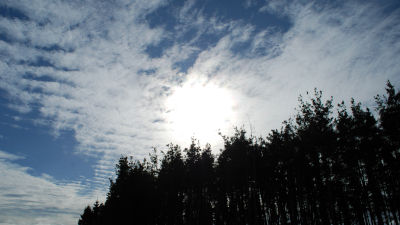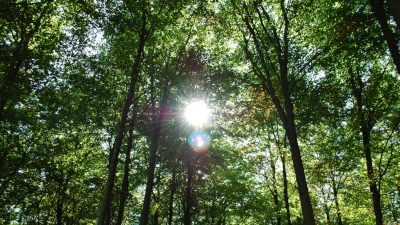

2009, UK, HD video, color, sound, 15 min.
Heliocentric uses time-lapse photography and astronomical tracking to plot the sun’s trajectory across a series of landscapes. The entire environment seems to pan past the camera whilst the sun stays in the centre of each frame, enabling us to gauge the earth’s rotation and orbit around the sun. As the Sun’s light becomes disrupted by passing weather conditions and the environment through which we encounter it, it audibly plays them as if it were a stylus.
It is usually all but impossible to visualize how the earth moves around the sun, even though we know it to be true. Instead we ‘see’ the sun moves around us. The ‘heliocentric’ view of the universe was debated from the third century BC onwards and remained contentious into modern times.
Shooting into the sun creates many intriguing artifacts; lens flares and glare spill over the landscape, white outs burn the image, and colours bleed into one, creating aureoles. The power of the sun still exceeds what both the human eye and the artificial eye of the camera can bear. And whilst our knowledge of the universe is ever-growing, we can only encounter and know it from our own humble vantage point.
